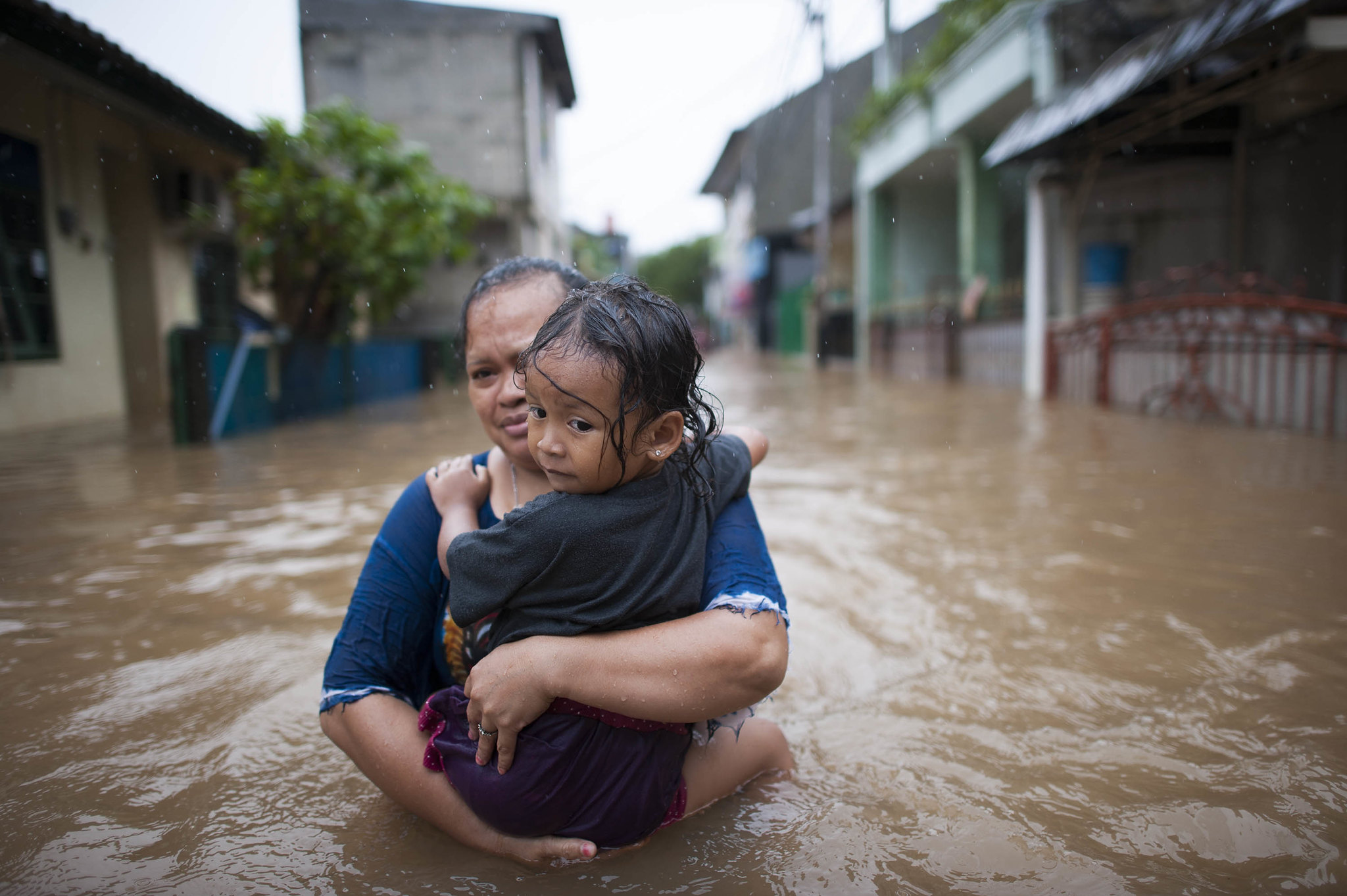This is how citizen science can help cities stand up to climate threats
The approach can give municipalities the means to build the priorities of local people into models for disaster prevention and the design and management of cities.
M
illions of people have recently marched in cities around the world calling for urgent action to tackle the climate emergency, unsettled by the disconnect between what we know about the dangers to our planet and what little is being done.
Some cities in the global South are already being brought to their knees by global warming, and increasing urbanisation and migration are going to magnify the effects of climate change, which already makes life and work difficult.
Anthropologists and social sciences have been able to shape our response to the climate emergency in important ways – creating the right political and economic conditions to act, amplifying the scale and strengthening the resolve of our actions, and properly understanding the nature of the climate emergency outside of the richest nations.
Many of these issues demand a special focus on cities.
Today, over half of the world’s population lives in cities, and according to the UN, another 2.5 billion people will live in urban areas by 2050, predominantly in Asia and Africa.
Take flooding: scientists link excessive, frequent rainfall with the effects of climate change. Urbanisation involves building over the surfaces that might have absorbed water, leading to pluvial flooding – a partly artificial threat caused by heavy rainfall, excess surface water and inadequate drainage.
In low-income or informal settlements, flash floods can be catastrophic: buildings are ruined; roads become un-navigable; and everyday life becomes impossible as housing, water supplies and sources of informal income collapse.

A woman and child walk through flooded streets in east Jakarta, Indonesia. Source: World Meteorological Organization
The shortage of resources in ad hoc, informal city developments hinders municipal authorities from establishing the effective, permanent safeguards and infrastructure improvements needed to respond to these new climate realities.
Social scientists can support them by providing on-the-ground study of the most effective uses of meagre resources and by working with mathematicians, climatologists and others in the environmental sciences. That means listening to residents and neighbourhoods’ own stories about the impact of flooding on their lives.
In Hanoi, Vietnam, road flooding highlights the importance of good traffic circulation around the city for communities’ livelihoods. Women find it difficult to pursue their responsibilities for working, trading, taking care of family wellbeing and accompanying children to school on flooded roads.
Researchers collaborating with the Ministry of Transport found that Hanoi residents were most concerned by traffic congestion, rather than flooding in their own homes. Their top priority was to improve drainage and pump away floodwater, giving the government a way to work with them to improve disaster response.
A team of scientists led by a British academic, Maria Scaparra from the University of Kent, has developed low-cost technological solutions based on these insights, including a mobile app to calculate how to use limited resources to most effectively reduce the impact of floods on the roads: which ditches to deepen or clear, where pumping stations are needed and which reservoirs need greater capacity. Hanoi city authorities can now make rapid, essential decisions that address the concerns of the most vulnerable.
Another project in the northern city of Tamale in Ghana, led by Katherine Gough from Loughborough University in Britain, has shown people’s working lives are affected by extreme heat in cities where temperatures are rising faster than the global average.
Extreme heat is inescapable here, affecting people’s ability to earn a living. With ‘tiny tag’ heat measuring devices installed in homes and workplaces, researchers recorded living and working temperatures as high as 62 degrees Celsius in a local blacksmith’s workshop.
Flash floods here also leave local hospital wards and the pathways between them flooded – forcing surgeons to operate by torchlight, contaminating drinking water and increasing the risk of disease.
But data collected by researchers contributes to developing early warning systems for extreme heat and floods that could offset some of their worst effects. Social scientists mobilized local community champions to test remedies and resilience measures they wanted to trial, to see what really did empower people to act and protect livelihoods.
It has worked: hospital managers used the data to petition for building improvements, and local people organised voluntary action to clear ditches and asked the researchers questions about how to live with contaminated water.
This ‘citizen science’ approach can identify how to limit the impact of flooding on everyday life, giving municipalities the means to build the priorities of local people into models for flood prevention and the design and management of cities.
With average temperatures and incidences of natural catastrophes rising across the globe, the science is clear: we cannot prevent the rise in flood risks. But we can support those who are most vulnerable to these risks, and the social sciences can help strengthen our resolve to do so.
The ideas presented in this article aim to inspire adaptation action – they are the views of the author and do not necessarily reflect those of the Global Center on Adaptation.